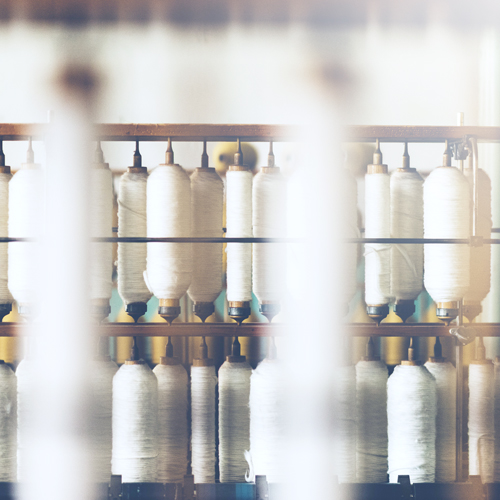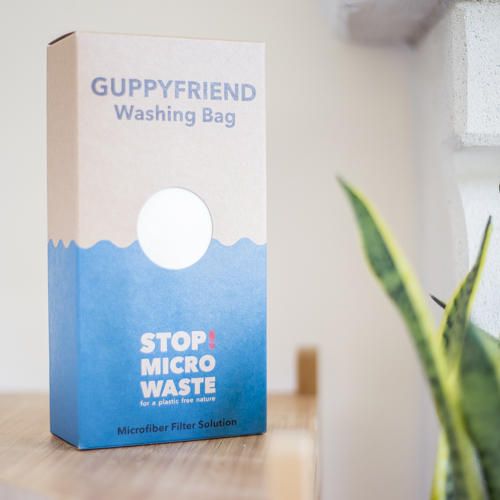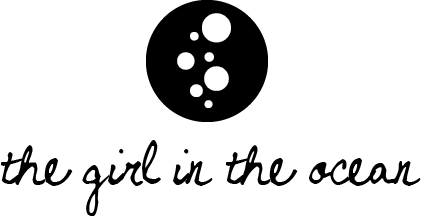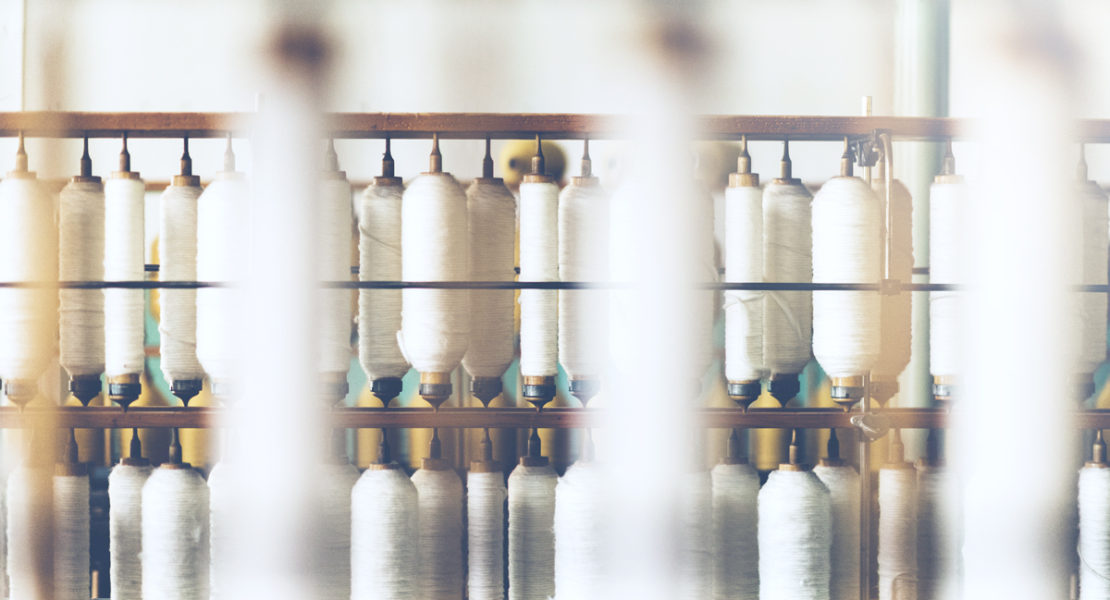
Hello everyone! How are you doing today? It's getting pretty cold now in Dublin and I'm just sitting in my flat wrapped up in a gazillion layers.... but let's get to business! I've recently posted an article on Microfibers, the tiny particles in our clothes that shed over time. Without going too deep on the subject, it's important to know that these particles play a major part in ocean pollution. It all comes down to the types of fabrics we wear and how we care for them.
The tricky thing with fabrics, is that there are so many environmental factors to consider, and there are definitely choices to be made. For example, on a microfiber point of view, it's best to only use natural fabrics, but that would mean no stretchy materials at all. Not only that, regular cotton happens to be the worst polluting fabric overall (organic cotton is a different story). So where do we draw the line? What should be pick? It all comes down to making conscious decisions.
NATURAL FABRICS VS. SYNTHETIC FABRICS
NATURAL FABRICS
Fibers found in nature
Biodegradable
Recyclable
Can require greater natural resources
Cotton, wool, silk, lyocell, modal, etc.
SYNTHETIC FABRICS
Fibers made out of plastic
Non-biodegradable
Recyclable
Sheds plastic into ocean
Polyester, Nylon, Acrylic, Spandex, etc.
OTHER ENVIRONMENTAL FACTORS:
On top of the basics stated above, a lot of other factors play in deciding if a fabric is eco-friendly or not.
- How much natural resources does the process use? Water?
- What kind of chemicals are used to bond ? colour the fibers?
- Is anything released into the environment afterwards?
- Are animal harmed in the process of making this fabric?
- Are the resources used renewable?


RECYCLING FABRICS
Most fabrics are recyclable on their own. That being said, it's very important to note that garments made of mixed materials cannot be recycled. The reason for this is simply that there are no machines able to separate the different kinds of fibers used in one piece of fabric. So when given the choice, it's always best to choose clothes made out of 100% material, that way they can be recycled easily!
WHERE TO COMPROMISE
From now on, I will try and go for natural garments as much as possible. However, they tend to cost more, and I'm on a pretty tight budget (who isn't, am I right?). I believe compromise & conscious decisions are key to success when it comes to ocean-friendly shopping. First, I will accept synthetic fibers in things that won't go in the washing machine (shoes, coats, handbags, etc). They won't cause such a microfiber problem. Second, stretch is good, especially since I'm more on the curvy side. Garments with under 10% synthetics will pass my test. I will however do as much research as I can to keep things sustainable and eco-friendly. And lastly, I will do my best, use my common sense and not feel guilty if when I cave in!

The Fabric Hierarchy
1. 100% organic, natural fibers
2. 100% natural fibers
3. 100% recycled polyester
4. 100% same synthetic material
5. Conventional blended

CARING FOR THE PIECES YOU ALREADY OWN
I read somewhere that the most eco friendly things are the ones you already own. No matter what you do, never throw away good things to replace them with eco friendly alternatives. If I'm being honest, right now 95% of my wardrobe is probably synthetic clothing. I am learning the ropes after all! To keep my ocean conscience clean though, I have gotten myself a Guppy Friend. This is a simple bag in which you put your clothes before starting a wash cycle. As the machine does its thing, the bag filters and captures most of the microfibers shedding from our clothes and voilà! Your wardrobe isn't polluting as much!





2 comments
Great topic! Was just wondering about this today as these halloween cobweb decorations came out in the office, shedding so many small little fibres that I was even afraid to breath deeply, really unnecessary stuff
Very helpful post, thank you.